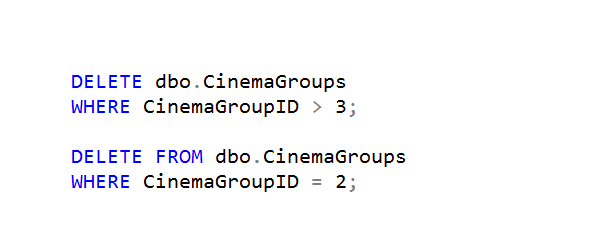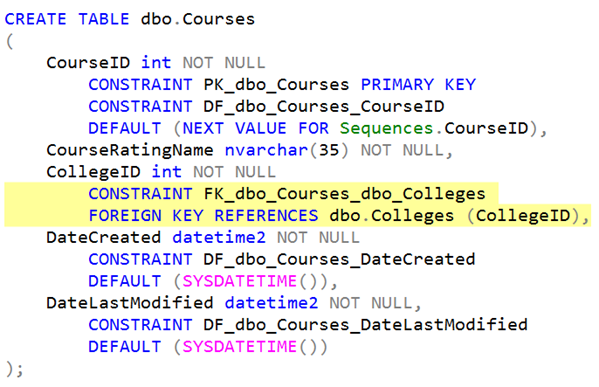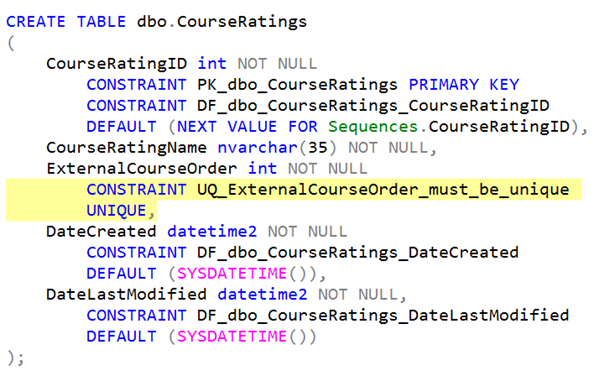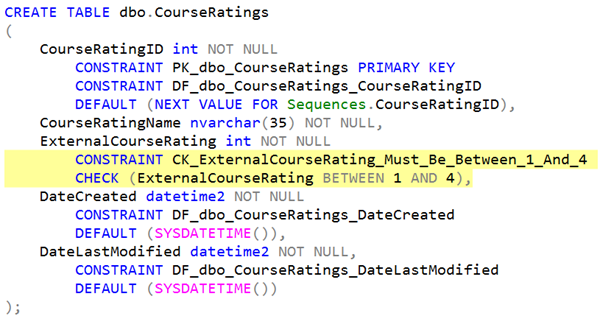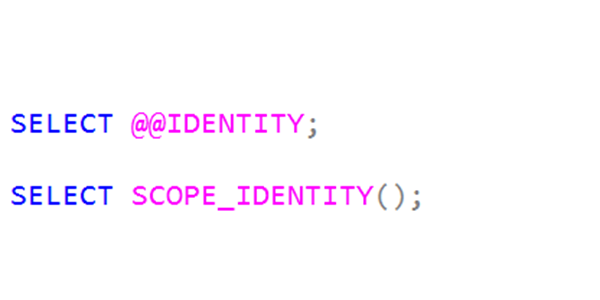
SQL Interview: 32 Using ALTER FUNCTION in SQL Server
This is a post in the SQL Interview series. These aren’t trick or gotcha questions, they’re just questions designed to scope out a candidate’s knowledge around SQL Server and Azure SQL Database.
Section: Development Level: Medium
Question:
You have a scalar T-SQL function in SQL Server and want to change it.
Apart from permissions, what would stop you from using ALTER FUNCTION to change it?
Answer:
You can’t change from an inline function to a multi-statement function.
2025-03-29

